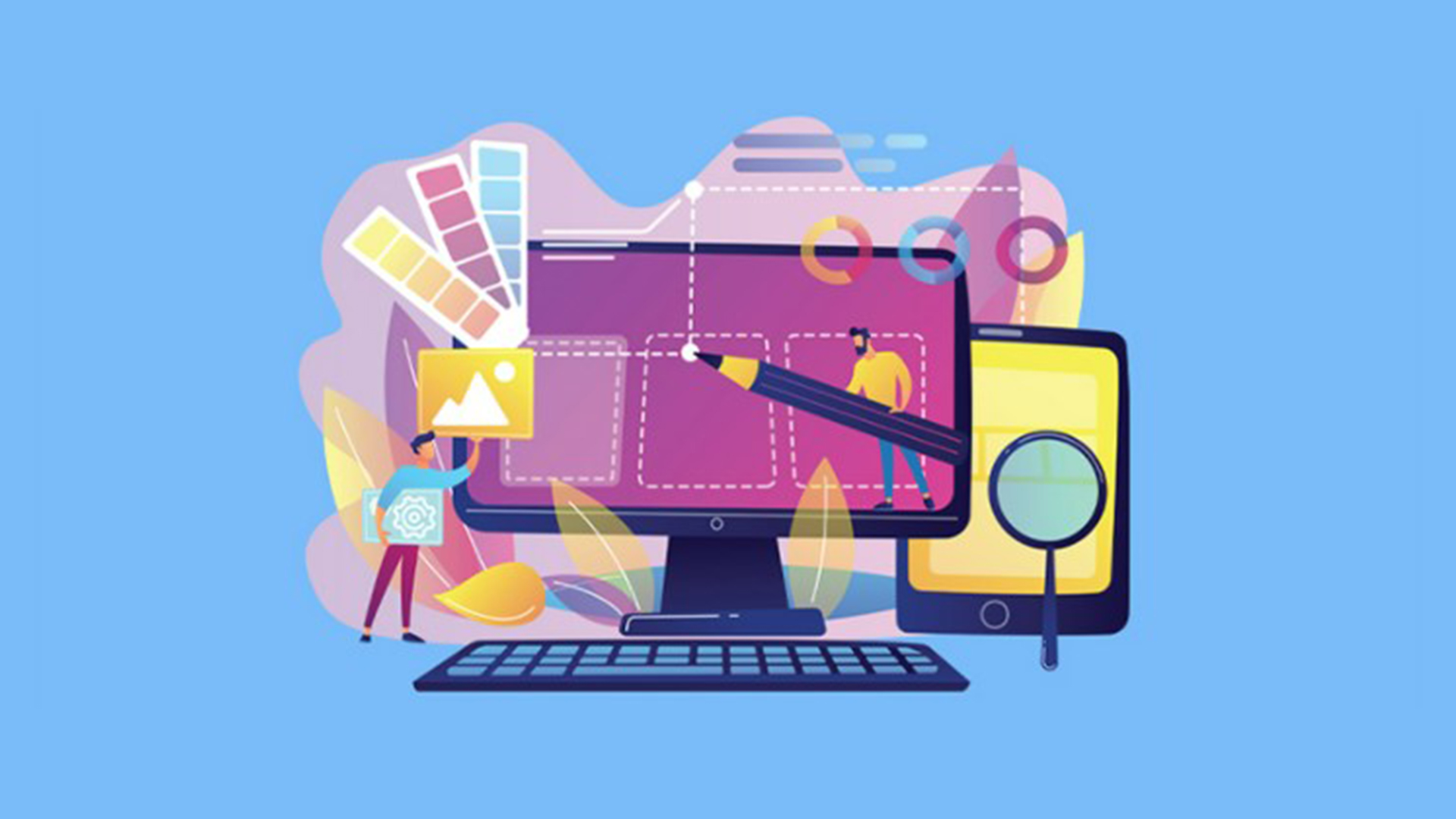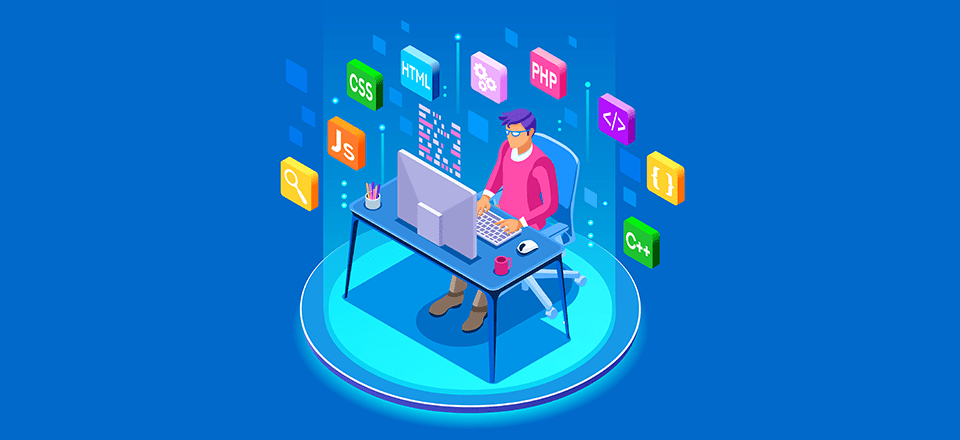All Categories
Featured
Table of Contents
- – Web Design Software By Xara Tips and Tricks:
- – Otc Web Design Girdwood, Alaska - Web Design ...
- – Web Design Software By Xara Tips and Tricks:
- – What Is Web Design, How To Do It Right And Be...
- – Sustainable Web Design: Home Tips and Tricks:
- – Responsive Web Design - A List Apart Tips and...
- – Chavez Web Design: Web Design San Diego - Ba...
- – Web Design Blog - Webdesigner Depot Webdesig...
- – What Is Web Design? A Comprehensive Guide - ...
- – Web Design Services By Freelance Website Des...
- – Wicky Design: Philadelphia Web Design Tips a...
Web Design Software By Xara Tips and Tricks:
Quick summary Functionality and the energy, not the visual style, determine the success or failure of a site. Since the visitor of the page is the only individual who clicks the mouse and therefore decides whatever, user-centric style has actually developed as a standard technique for successful and profit-oriented web design - web design frederick md.
and the energy, not the visual style, identify the success or failure of a website. Since the visitor of the page is the only individual who clicks the mouse and for that reason decides everything, user-centric design has become a standard method for successful and profit-oriented website design. If users can't use a function, it might as well not exist.
g. where the search box ought to be put) as it has already been performed in a number of posts; instead we concentrate on the techniques which, utilized appropriately, can result in more sophisticated style choices and streamline the procedure of viewing provided information. Please observe that you might be interested in the usability-related articles we have actually published prior to: Concepts Of Excellent Site Design And Efficient Web Style Guidelines, In order to utilize the principles correctly we first require to comprehend how users interact with websites, how they believe and what are the basic patterns of users' habits.
Otc Web Design Girdwood, Alaska - Web Design & Google ... Tips and Tricks:
Visitors glance at each brand-new page, scan a few of the text, and click the first link that captures their interest or slightly looks like the thing they're looking for. There are large parts of the page they do not even look at. Many users browse for something interesting (or beneficial) and clickable; as quickly as some promising prospects are discovered, users click.
If a page offers users with premium material, they are willing to jeopardize the content with advertisements and the style of the site. This is the reason why not-that-well-designed sites with high-quality content acquire a great deal of traffic over years. Content is more vital than the design which supports it.

Users do not check out, they scan. Notification how "hot" areas abrupt in the middle of sentences. This is common for the scanning procedure. Very basic principle: If a website isn't able to meet users' expectations, then designer stopped working to get his task done correctly and the company loses money. The higher is the cognitive load and the less user-friendly is the navigation, the more ready are users to leave the website and search for options.
Web Design Software By Xara Tips and Tricks:
Neither do they scan website in a direct style, going sequentially from one site area to another one. Instead users satisfice; they select the first sensible choice. As quickly as they discover a link that appears like it may lead to the goal, there is an excellent possibility that it will be immediately clicked.
It does not matter to us if we understand how things work, as long as we can use them. If your audience is going to act like you're designing signboard, then style fantastic signboards." Users want to have the ability to control their web browser and count on the consistent data discussion throughout the site.
If the navigation and site architecture aren't user-friendly, the variety of enigma grows and makes it harder for users to comprehend how the system works and how to get from point A to point B. A clear structure, moderate visual ideas and quickly recognizable links can assist users to find their course to their aim.
What Is Web Design, How To Do It Right And Best Skills - Rock ... Tips and Tricks:

claims to be "beyond channels, beyond items, beyond circulation". What does it indicate? Because users tend to explore sites according to the "F"-pattern, these 3 statements would be the very first components users will see on the page once it is packed. The design itself is easy and instinctive, to understand what the page is about the user needs to browse for the answer.
Once you have actually attained this, you can communicate why the system is beneficial and how users can benefit from it. Do Not Squander Users' Patience, In every task when you are going to provide your visitors some service or tool, attempt to keep your user requirements minimal.
Newbie visitors want to, not filling long web forms for an account they might never ever utilize in the future. Let users check out the site and discover your services without requiring them into sharing private data. It's not reasonable to require users to get in an email address to test the function.
Sustainable Web Design: Home Tips and Tricks:
Stikkit is a perfect example for an easy to use service which needs practically absolutely nothing from the visitor which is unobtrusive and comforting. Which's what you desire your users to feel on your web site. Apparently, Mite requires more. However the registration can be done in less than 30 seconds as the type has horizontal orientation, the user does not even need to scroll the page.
A user registration alone is enough of an impediment to user navigation to reduce inbound traffic. 3. Manage To Focus Users' Attention, As websites supply both fixed and vibrant material, some elements of the interface attract attention more than others do. Certainly, images are more attractive than the text just as the sentences marked as strong are more appealing than plain text.
Focusing users' attention to specific locations of the site with a moderate use of visual elements can help your visitors to get from point A to point B without thinking of how it actually is supposed to be done. The less question marks visitors have, the they have and the more trust they can develop towards the business the website represents.
Responsive Web Design - A List Apart Tips and Tricks:
4. Aim For Function Direct exposure, Modern web styles are usually criticized due to their method of assisting users with aesthetically appealing 1-2-3-done-steps, big buttons with visual impacts etc. From the style perspective these components actually aren't a bad thing. On the contrary, such as they lead the visitors through the site material in a really simple and user-friendly method.
The website has 9 main navigation choices which show up at the very first look. The choice of colors may be too light. is an essential principle of successful user interface design. It doesn't truly matter how this is attained. What matters is that the material is well-understood and visitors feel comfy with the method they connect with the system.
Instead a cost: just what visitors are looking for. An ideal option for reliable writing is touse short and succinct expressions (come to the point as quickly as possible), usage scannable layout (categorize the material, utilize several heading levels, utilize visual aspects and bulleted lists which break the flow of uniform text blocks), use plain and unbiased language (a promotion doesn't require to sound like advertisement; provide your users some affordable and objective factor why they ought to use your service or stay on your website)6.
Chavez Web Design: Web Design San Diego - Bakersfield ... Tips and Tricks:
Users are rarely on a website to delight in the design; moreover, most of the times they are looking for the information despite the design - web design frederick md. Strive for simpleness rather of complexity. From the visitors' viewpoint, the very best site design is a pure text, with no ads or further content obstructs matching precisely the query visitors used or the content they have actually been searching for.
Finch clearly provides the info about the website and offers visitors an option of choices without overcrowding them with unneeded material. Not only does it assist to for the visitors, but it makes it possible to view the info presented on the screen.
Complex structures are more difficult to read, scan, evaluate and work with. If you have the choice between separating 2 design sectors by a noticeable line or by some whitespace, it's typically much better to utilize the whitespace option. (Simon's Law): the better you handle to provide users with a sense of visual hierarchy, the simpler your material will be to view.
Web Design Blog - Webdesigner Depot Webdesigner Depot Tips and Tricks:
The very same conventions and guidelines must be used to all elements.: do the most with the least quantity of cues and visual elements. 4 major points to be considered: simpleness, clarity, diversity, and emphasis. Simplicity consists of only the components that are essential for communication. Clearness: all parts need to be created so their meaning is not unclear.
Conventions Are Our Friends, Standard design of site components doesn't lead to a boring website. In truth, as they reduce the discovering curve, the requirement to find out how things work. It would be a functionality nightmare if all sites had various visual discussion of RSS-feeds. That's not that different from our routine life where we tend to get utilized to standard concepts of how we arrange information (folders) or do shopping (placement of products).
understand what they're getting out of a website navigation, text structure, search placement etc. A case in point from functionality sessions is to translate the page in Japanese (presuming your web users don't understand Japanese, e. g. with Babelfish) and supply your functionality testers with a task to find something in the page of various language.
What Is Web Design? A Comprehensive Guide - Wix.com Tips and Tricks:
Steve Krug recommends that it's much better to, however take benefits of conventions when you don't. 10. Test Early, Test Often, This so-called TETO-principle should be used to every web style project as functionality tests frequently offer into significant issues and issues connected to a provided design. Test not far too late, not too little and not for the incorrect factors.
Some crucial points to remember: according to Steve Krug, and testing one user early in the job is better than testing 50 near the end. Accoring to Boehm's first law, errors are most frequent during requirements and design activities and are the more costly the later they are eliminated.
That indicates that you design something, test it, fix it and then evaluate it again. There might be problems which haven't been discovered during the very first round as users were almost blocked by other issues. use tests. Either you'll be pointed to the problems you have or you'll be pointed to the lack of major design defects which remains in both cases a helpful insight for your task.
Web Design Services By Freelance Website Designers - Fiverr Tips and Tricks:

This holds for designers as well. After you've worked on a website for few weeks, you can't observe it from a fresh perspective any longer. You know how it is built and for that reason you know exactly how it works you have the knowledge independent testers and visitors of your website wouldn't have.
It can be linked to other locations such as graphic design, user experience, and multimedia arts, however is more aptly seen from a technological viewpoint. It has become a large part of individuals's daily lives. It is tough to picture the Internet without animated graphics, various designs of typography, background, videos and music.

During 1991 to 1993 the World Wide Web was born. Text-only pages could be seen utilizing a simple line-mode internet browser. There had actually been no integrated technique to graphic design aspects such as images or noises.
Wicky Design: Philadelphia Web Design Tips and Tricks:
The W3C was produced in October 1994 to "lead the Internet to its full capacity by developing typical procedures that promote its evolution and ensure its interoperability." This dissuaded any one business from monopolizing a propriety web browser and programming language, which could have changed the result of the Web as a whole.
As this has actually happened the technology of the web has likewise moved on. There have likewise been significant modifications in the method individuals use and access the web, and this has changed how websites are developed.
Learn more about Lovell Media Group LLC or TrainACETable of Contents
- – Web Design Software By Xara Tips and Tricks:
- – Otc Web Design Girdwood, Alaska - Web Design ...
- – Web Design Software By Xara Tips and Tricks:
- – What Is Web Design, How To Do It Right And Be...
- – Sustainable Web Design: Home Tips and Tricks:
- – Responsive Web Design - A List Apart Tips and...
- – Chavez Web Design: Web Design San Diego - Ba...
- – Web Design Blog - Webdesigner Depot Webdesig...
- – What Is Web Design? A Comprehensive Guide - ...
- – Web Design Services By Freelance Website Des...
- – Wicky Design: Philadelphia Web Design Tips a...
Latest Posts
Otc Web Design Girdwood, Alaska - Web Design & Google ... Tips and Tricks:
Web Design Courses & Tutorials - Codecademy Tips and Tricks:
Web Design And Applications - W3c Tips and Tricks:
More
Latest Posts
Otc Web Design Girdwood, Alaska - Web Design & Google ... Tips and Tricks:
Web Design Courses & Tutorials - Codecademy Tips and Tricks:
Web Design And Applications - W3c Tips and Tricks: